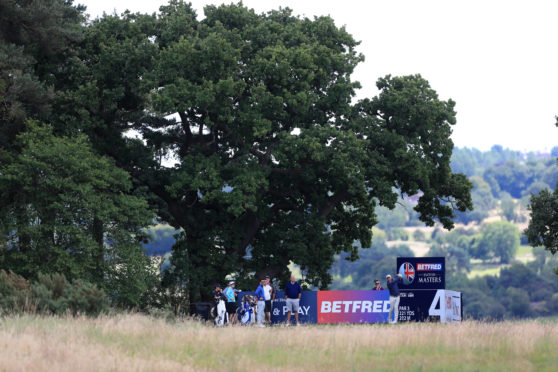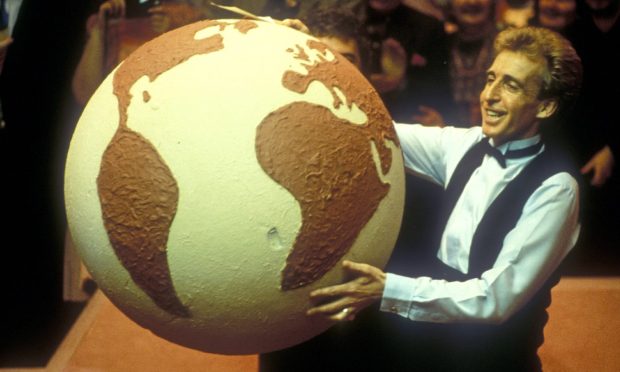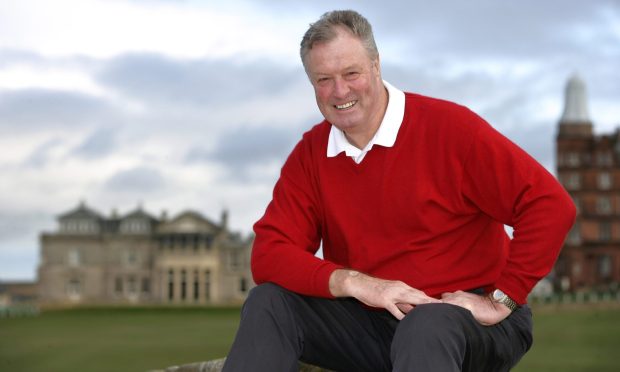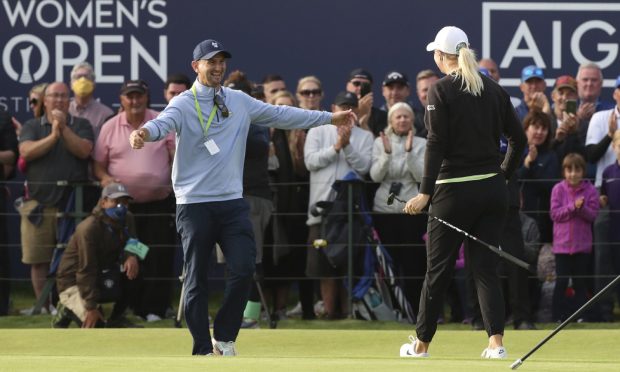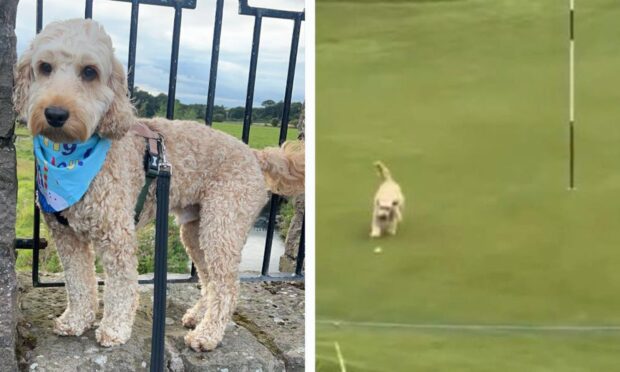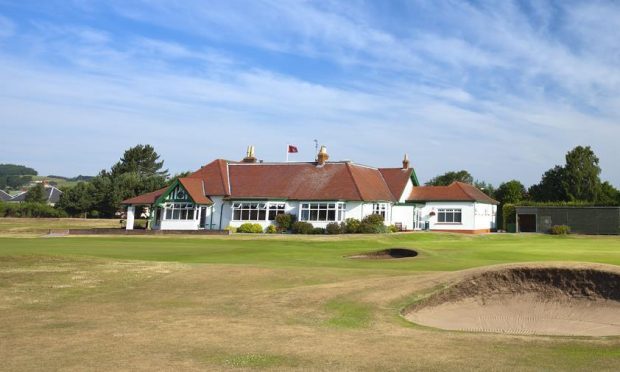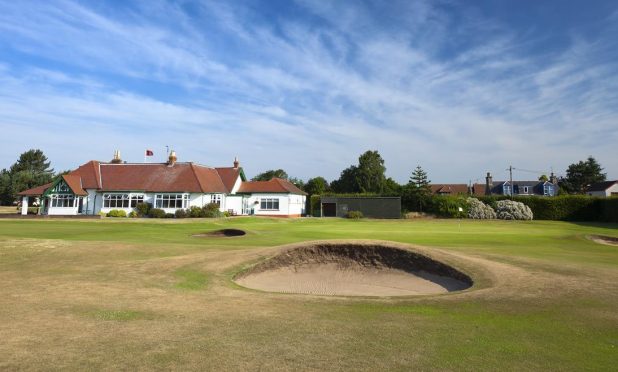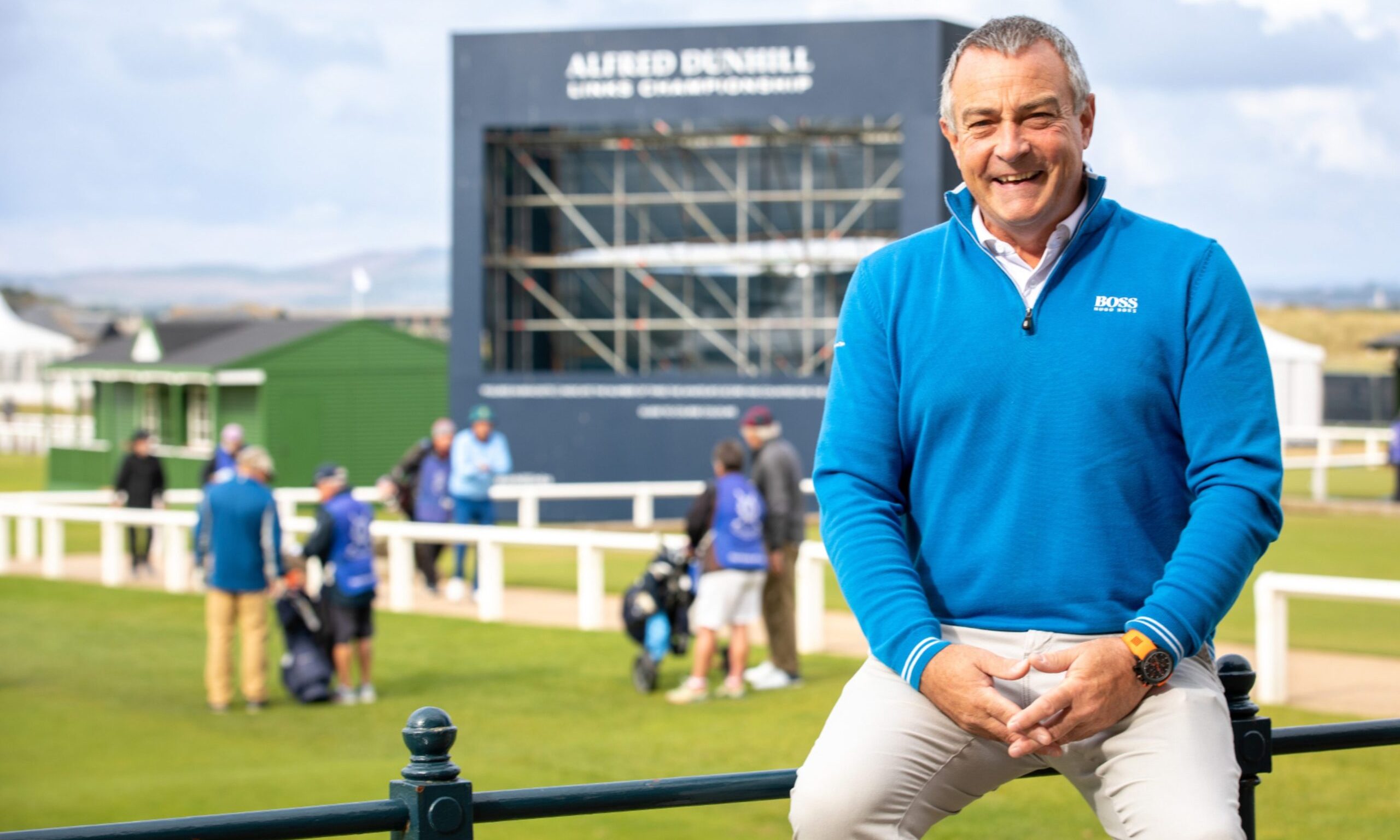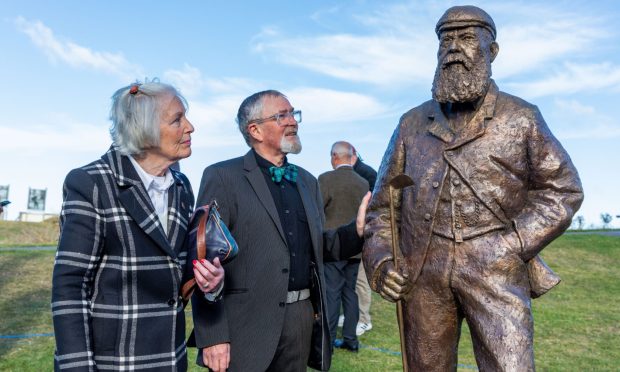It’s a bit like going to the airport at first, only in the open air. You walk between barriers in what appears to be an unnecessary meandering route to a half-opened window. Then you have to wait for four hours.
Such is the first entry through the strident testing regime into the post-lockdown European Tour, only the second cross-border sports organisation to restart in the pandemic – following Formula 1 – at the Betfred British Masters at Close House, near Newcastle.
The almost carefree feeling of this venue when it last hosted this event three years ago, when many families and children were among thousands of fans wading in wellies on a wet week, has long gone.
It doesn’t feel much like a golf tournament at all right now…perhaps it will once they start to hit balls for the first time again at 7am on Wednesday morning.
The European Tour has set great store on their preparation for this week, which tournament host Lee Westwood likened “to a military operation”.
Everyone here – players and officials – has been tested for coronavirus twice, starting with a home test with a 7-day expiry to stop people travelling if they were found to be positive. Three people – none of them players – tested positive by this method before the tour got up and running again in two more minor events in Austria.
On arrival at the venue, you’re tested again – more vigorously and unpleasantly – and then there’s the four-hour wait for the result. Only then do you get pink lanyard that gets you inside the European Tour’s bio-bubble, but only after a final thermal imaging check to make sure the whole process hasn’t sent your temperature rocketing.
All this is entirely necessary or course, and will be repeated at the five other UK Swing tournaments that properly gets the European Tour up and running again. But it’s not going to be straightforward.
Even at this level, golf remains a social game. It’s natural to stop and chat with people you recognise (eventually, thanks to the ubiquitous masks) especially as you’ve not seen them for the months of lockdown. Players “drift” together in close conversations mid-round in the natural manner that they’ve been accustomed to since they were juniors.
But almost always they quickly remember the protocols and social distancing and back off. No-one here seems anything but resolved to make this work and nothing will get in the way of getting tournament golf up and running again, safely.
The tour’s plan may be stringent but it gives people necessary and clear guidance, something Westwood thinks has been lacking in everyday life.
“The messaging here about what we need to do here from the tour to do is very clear,” said the host, a 10-1 favourite as the highest ranked player on what is these days his home course.
“People need clear direction. I don’t think they’ve got that in the messaging from the government about the virus all along.”
Westwood is slightly asthmatic and at age 48, he doesn’t fancy travelling long distances to America where the virus is still spiking and then undergoing quarantine to play in tournaments, hence he’s missing the WGC event and the PGA Championship in San Francisco.
“You look at the places it’s spiking, Florida, Texas, Arizona, California – that’s where all the golfers live,” he pointed out.
He’ll play another two events at the Blefry and Hanbury Manor – “where I won in 1998” he said sheepishly – on the UK Swing, and the tournaments planned in Spain and Portugal. His presence at the US Open? Too early to tell, yet, but he doesn’t sound too keen.
The other high-ranked player who doesn’t fancy the US at the moment is Eddie Pepperell, who probably won’t play the US Open.
“I won’t go because you have to quarantine for two weeks going out there, and that’s something I’m not interested in doing,” he said. “I would like to play US Open but I’ve not got a lot of desire to take 12-hour plane flight to San Francisco. If I’m going that far it would be east to Bali!
“I plan playing first two and probably the fifth (UK Swing events) and just hope that beyond that the rules are a bit more relaxed elsewhere in the world.”
